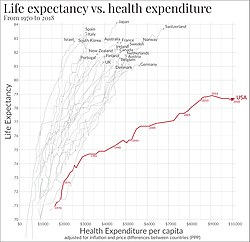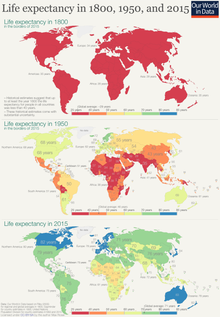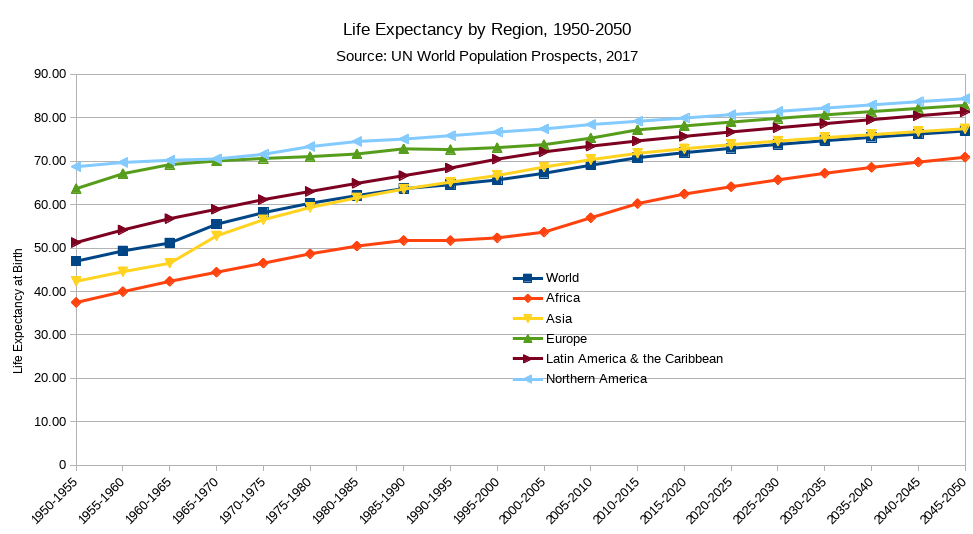What Was Life Expectancy In 1700: A Historical Perspective
Countries With Highest Life Expectancy (1800 – 2099)
Keywords searched by users: What was the life expectancy in 1700 Average life expectancy, Life expectancy, Lifespan vs life expectancy, Life expectancy in the world, Increase life expectancy, Average life expectancy in Vietnam, Us life expectancy, Life expectancy là gì
What Was The Life Expectancy In The 1700S?
What was the life expectancy in the 1700s? Life expectancy during the 17th century in England was relatively low, averaging around 35 years. This low figure was primarily due to the high rates of infant and child mortality that persisted during this period. In the early Colony of Virginia, life expectancy was even lower, falling below 25 years, highlighting the harsh conditions of the time. Similarly, in seventeenth-century New England, approximately 40% of individuals did not survive to adulthood, which further contributed to the average life expectancy of about 35 years in the 1700s. These statistics shed light on the challenging circumstances and health challenges people faced during this historical era.
What Was The Life Expectancy In 1600?
Before the Industrial Revolution, life expectancy in the 16th century and the Middle Ages was approximately 35 years. It’s important to note that this figure doesn’t imply that individuals typically passed away upon reaching their mid-30s. Rather, the average life expectancy of 35 was influenced significantly by high rates of childhood mortality. Many individuals born during this time sadly did not survive past infancy or early childhood. Thus, while the average life expectancy may seem low by today’s standards, it reflects a period marked by a considerable number of childhood deaths.
What Was The Life Expectancy In 1500?
In the year 1500, life expectancy was significantly different from what we experience today. During this time, reaching the age of 21 was a significant milestone, as many individuals faced the constant threat of accidents, violence, or poison. However, for those fortunate enough to surpass these risks, their life expectancy was not as short as one might assume. Historical records from the years 1200 to 1745 suggest that if a person reached the age of 21 and managed to avoid untimely deaths due to external factors, they could typically expect to live to an average age ranging from 62 to 70 years. It’s important to note that this range fluctuated over the centuries due to various factors, with one noteworthy exception being the 14th Century. During the 14th Century, the devastating impact of the bubonic plague significantly reduced life expectancy, causing a significant decline in the average lifespan.
Found 9 What was the life expectancy in 1700




Categories: Collect 78 What Was The Life Expectancy In 1700
See more here: c3.castu.org

Learn more about the topic What was the life expectancy in 1700.
- The Determinants of Mortality
- Life expectancy – Wikipedia
- A History of Life Expectancy – Local Histories
- Do we really live longer than our ancestors? – BBC Future
- If today’s life expectancy is about double what it was in ancient times …
- Survival Prognosis in Very Old Adults – PMC – NCBI
See more: c3.castu.org/category/fashion